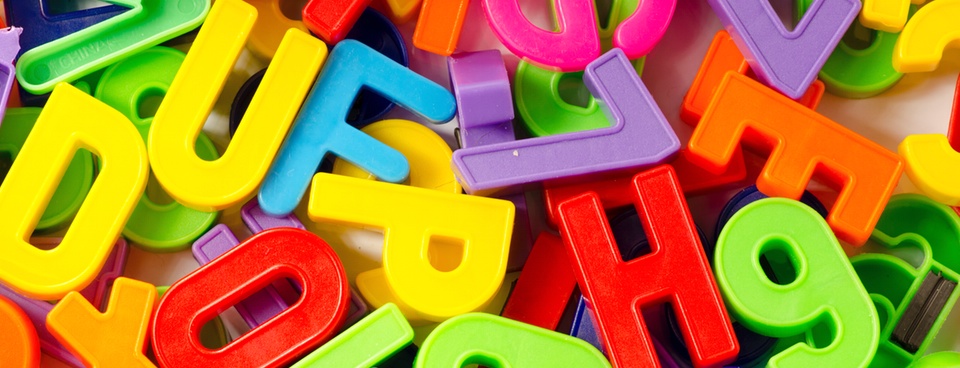
Dyscalculia

Dyscalculia is a specific learning disability (SpLD) that affects a person’s ability to acquire arithmetical skills.
People with dyscalculia find it hard to understand basic number concepts and/or number relationships, They have difficulty recognising patterns and working with symbols.
Many people liken the effects of dyscalculia with numbers to that of dyslexia with words, but while there are many characteristics that overlap, there is no proven link between the two.
These difficulties can have an adverse effect on many day-to-day activities such as dealing with finances, following directions, managing a diary and keeping track of time.
It is estimated that between 4% and 6% of the population suffer with dyscalculia.
The National Numeracy Strategy (DfES, 2001) offers the following definition: ’Dyscalculia is a condition that affects the ability to acquire arithmetical skills. Dyscalculic learners may have difficulty understanding simple number concepts, lack an intuitive grasp of numbers, and have problems learning number facts and procedures. Even if they produce a correct answer or use a correct method, they may do so mechanically and without confidence.’ (DfES, 2001, p2).
DYSCALCULIA CHECKLIST
- Has difficulty with the direct retrieval of number facts.
- Makes counting errors
- Reliance on immature strategies such as finger counting and makes errors with these
- Slow speed of processing of numerical information
- Inability to estimate
- Has poor knowledge of the worth or value of a number
- Has poor grasp of procedures and concepts
- Poor sequential memory for numbers and operations
- Cannot see patterns in numbers e.g.if 10, 20, 30, 40 then 12, 22, 32, 42
- Poor grasp of the 10s base of the number system
- Has trouble moving up and down the number-line or number square
Top ten Tips for teaching children with dyscalculia

- Use concrete materials, such as Cuisenaire rods or base ten materials
- Spend time exploring these and don’t take them away too soon, they will help to develop the child’s understanding.
- Play games with dice and dominoes so that the child can recognise common dot patterns.
- Try to encourage the child to use more efficient calculating strategies, such as counting on rather than counting all.
- Encourage the child to visualise the maths- by drawing diagrams and using concrete materials to model the maths.
- Make the maths practical and multisensory- avoid worksheets.
- Spend time on place value so that it is fully understood, this can be a very difficult concept to grasp.
- Have a little and often approach- repetition and ‘overlearning’ will help.
- Use mathematical language as much as possible and encourage the child to do the same.
- Give multiplication grids and number bonds to reduce the stress of having to remember these facts.
Email: judyh1@hotmail.com